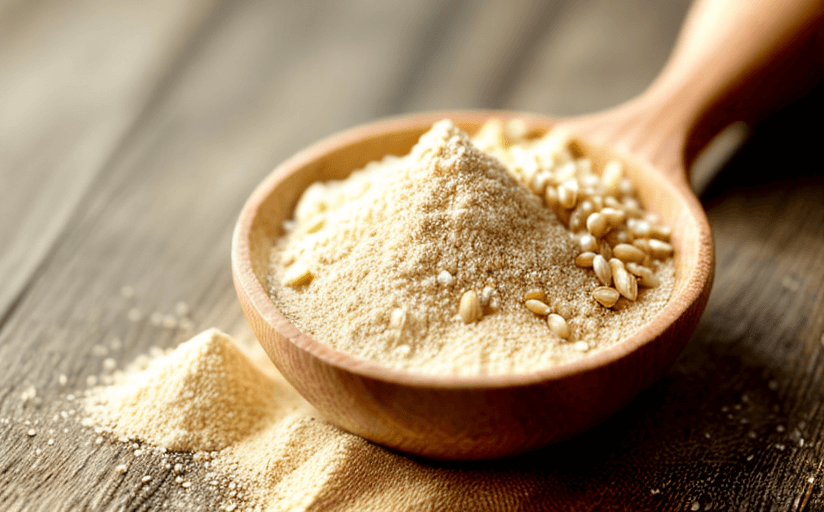Cooking with Alternative Flours and Grains
Cooking with alternative flours and grains is an increasingly popular way to create delicious meals that are both healthful and flavorful. From gluten-free recipes to experimenting with new ingredients, alternative flours and grains are a great way to add variety to your cooking. In this article, we'll explore the basics of cooking with alternative flours and grains, including which types to use, how to store them, and how to prepare them for a variety of dishes. We'll also include a few of our favorite recipes that showcase the flavor and texture of alternative flours and grains.
Types of Alternative Flours and Grains
When it comes to alternative flours and grains, there are many types to choose from. Here are some of the most popular options:
- Almond flour
- Quinoa
- Rice flour
- Chickpea flour
- Buckwheat
- Millet
- Teff
Storing Alternative Flours and Grains
Alternative flours and grains should be stored in airtight containers in a cool, dry place. For longer storage, it is best to keep them in the refrigerator or freezer. Be sure to label and date your containers for easy identification.
Preparing Alternative Flours and Grains
The preparation of alternative flours and grains can vary depending on the type. Generally, they should be ground or milled into a powder or flour before use. Additionally, some alternative flours and grains may need to be cooked before use in order to make them easier to digest.
Recipes
Now that you know the basics of cooking with alternative flours and grains, let's take a look at some of our favorite recipes. These recipes are sure to please the palate and showcase the flavor and texture of alternative flours and grains.
Almond Flour Pancakes
Ingredients:
- 2 cups almond flour
- 1 teaspoon baking powder
- 1/2 teaspoon salt
- 2 eggs
- 1/2 cup almond milk
- 2 tablespoons melted butter or coconut oil
- Optional: honey, maple syrup, or other sweetener to taste
Instructions:
- In a medium bowl, whisk together almond flour, baking powder, and salt.
- In a separate bowl, whisk together eggs, almond milk, and melted butter or coconut oil.
- Pour wet ingredients into the dry ingredients and whisk until combined.
- Heat a non-stick skillet or griddle over medium-low heat.
- Add a tablespoon of oil or butter to the skillet.
- Pour 1/4 cup of batter into the skillet and cook until the edges are golden brown, about 2 minutes.
- Flip and cook for an additional 2 minutes.
- Repeat with remaining batter.
- Serve with your favorite toppings and enjoy!
Quinoa Power Bowl
Ingredients:
- 1 cup quinoa
- 2 cups vegetable broth
- 1 tablespoon olive oil
- 1 onion, diced
- 1 red bell pepper, diced
- 1 cup mushrooms, diced
- 2 cloves garlic, minced
- 1/2 teaspoon salt
- 1/4 teaspoon black pepper
- 1/2 teaspoon cumin
- 2 tablespoons lemon juice
- 1/4 cup parsley, chopped
- Optional: feta cheese, avocado, or other toppings
Instructions:
- In a medium saucepan, bring quinoa and vegetable broth to a boil. Reduce heat to low, cover, and simmer for 15 minutes.
- In a large skillet, heat olive oil over medium-high heat.
- Add onion, bell pepper, mushrooms, garlic, salt, pepper, and cumin. Cook until vegetables are softened, about 5 minutes.
- Add cooked quinoa to the skillet and stir to combine.
- Stir in lemon juice and parsley.
- Serve with feta cheese, avocado, or other toppings of your choice.
Conclusion
Cooking with alternative flours and grains is a great way to add flavor and texture to your meals while also getting the health benefits of whole grains. Whether you are looking to go gluten-free or just wanting to experiment with new ingredients, these recipes are sure to please. Give them a try and let us know what you think!



















Comments
Leave a Comment